Necro-media is a concept that I have been exploring on my Dark Pines Photo blog. Necro-media refers to both the codes & conventions (forms) of mass media and media content that were dominant in the past. Necro-media is often rediscovered by a new generation.
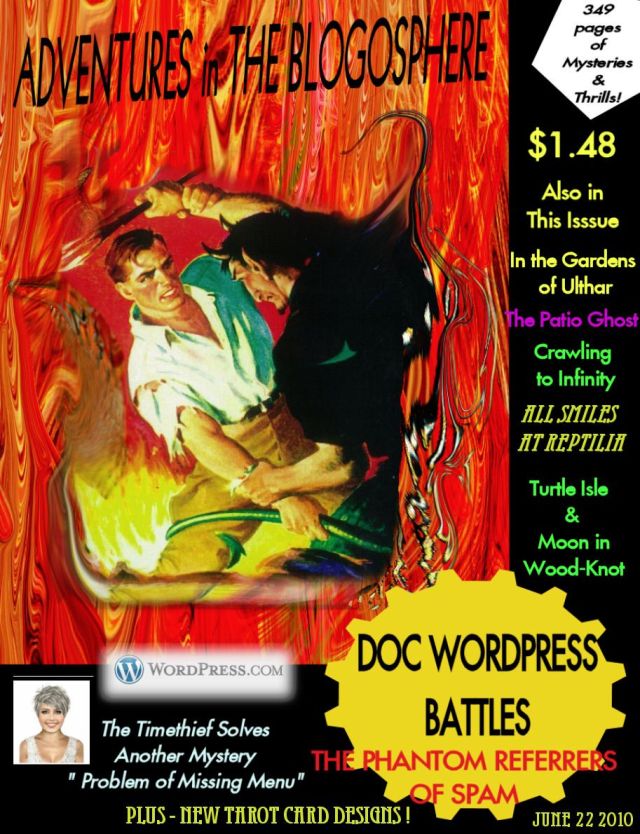
This generation may embrace it in its original form, (lovers of Old Time Radio, silent films, or original pulp/fictional detectives) or they re-purpose the medium, such as those who take up Alternative Photographic processes or attempt to emulate them using digital darkroom methods.
Necro-media grows out of the seventh Mass Media Principle (full list of principles here):
A new mass media technology will initially borrow the content and imitate the conventions of the mass medium that is currently dominant in a society.

Shakespeare borrowed ideas for plot & characters from earlier folk tales, historical accounts, and early prose narratives. Early photography of the 19th century used the codes and conventions of portraiture & landscape painting. In the 20th century, early cinema & radio broadcasts borrowed from the theatre, popular novels and the then growing popular ( North American Pulps ) magazines.
Around the 1970s a change occurred. Mass Media hit a period of steady state. Movies, television, radio and print achieved an uneasy balance of power. Each had carved out a segment of the target audience’s attention. Each medium, based on their particular codes & conventions, played to their strengths to hold on to the audience, create sufficient demand, and generate revenue. Contemporary content, both escapist & serious, became more dominant.
If movies or television borrowed from print, it was more likely to be based on the current best-selling work of fiction or none fiction.
As the cost of producing movies & television shows with historical settings became more and more prohibitive, the past retreated further into print & memory.
Ironically, there was a subtle shift towards the creation of future realities and fantasy realms that seemed to be as much a re-interpretation of the past as visions of the future.
The saturation of cinema & television content that was grounded in contemporary & futuristic settings combined with the gradual drift away from print. It catered to a youthful audience and their shared mass media experience built up a set of values, belief and ideologies. This target audience was centred on present day concerns & anticipation of a potentially bright future. As a consequence, the passage of time & social change was disconnecting them from the past. The past, when it was presented, became either a romantic fantasy escape or a commentary on the present. Even the Detective of the 1930s became a means of exploring contemporary issues.
With the arrival of information age and the pervasiveness of social media in the 21st century, cinema, television and print media are now on the verge of being fully integrated into the internet . This is more than a change of delivery system. Just as photography is both a medium and media content, so now have cinema, television and print been consumed/incorporated into new media.
The old approach of borrowing the content & codes and conventions of previous media no longer applies when the previous media becomes the content of the new. What we now see is media consuming media. Scrambling for revenue through new content, the snake is swallowing its tail. In an effort to produce more content, creativity becomes a process of cannibalizing the past. No longer just a snake, mass media becomes the hydra , chomping at its many heads to grow more of the same.
Movies, like novels and series televisions, must have sequels. When the sequels run out of steam, reboot the whole series and start again. Not satisfied with print media as its source, cinema will repeat past cinema success or even more telling, turn old television shows into movies in the hopes of catching a ready-made audience and insuring profitable sequels. With television also revisiting its past, the once “humble” comic book & graphic novel has become a potential ready-made source for huge profits, as the two media compete for content.
The comic book now looks to extending the life of old television series and capture the attention of the related target audience.
The theatrical stage, which is another form of mass media, is not immune. Broadway versions of movies are becoming more common, while cinema & television are dipping their toes into the musical form.
It is difficult to tell where the trend of Necro-media will go. When it is used effectively and creatively it can produce a theatrical production such as Avenue Q, which played with the tropes of Sesame Street or innovative pieces of digital art or online video. Unfortunately, the business demands of the mass media industry have had a difficult time adapting to new forms of media and mass media technology. The old models are not working and creative new content is limited. In all likelihood, new content and forms will not originate within the traditional industries, but will appear in the hinterland of self-production. A tweet drama or a hyper-texted musical ? A multimedia online narrative or a serialized flash mob mystery novel ? The possibilities are there. It may be happening now.






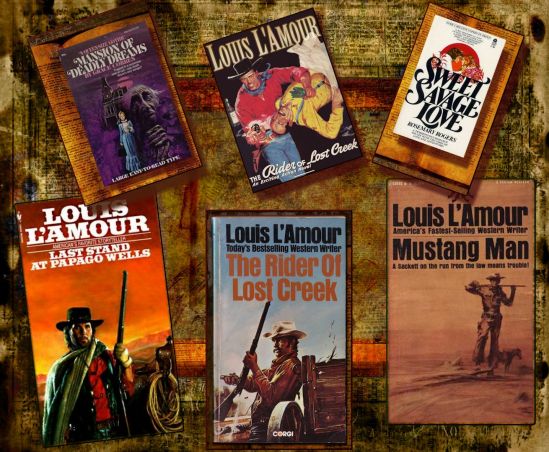

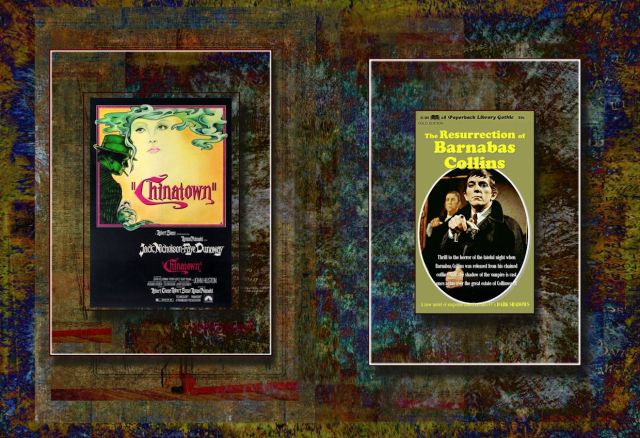

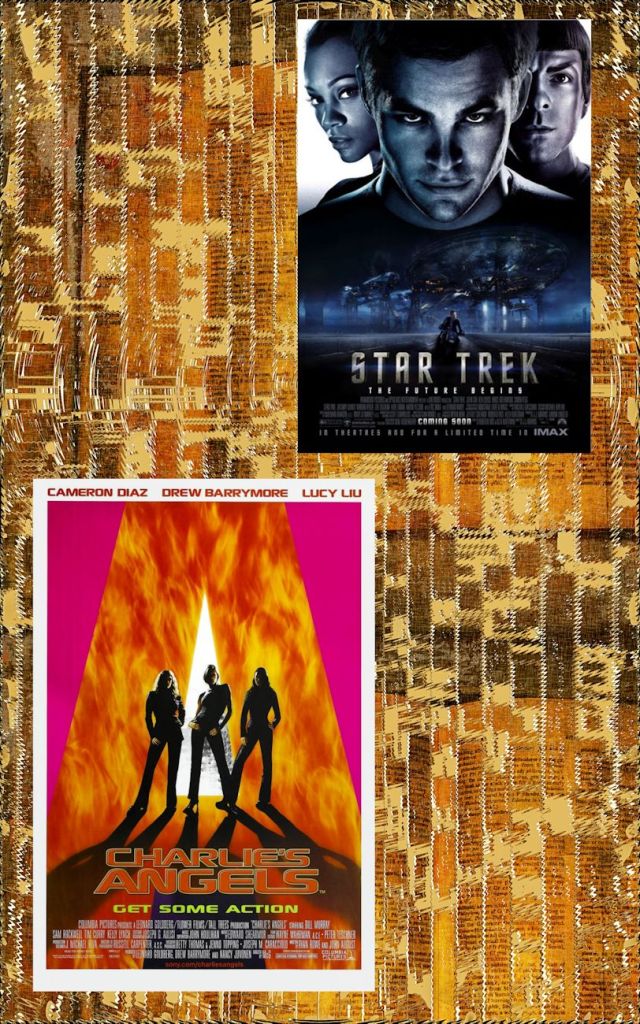
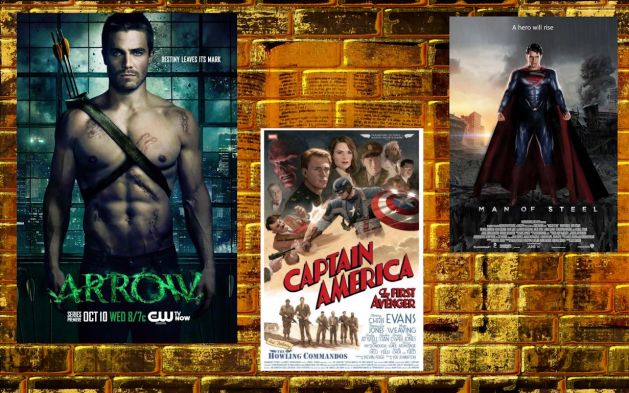
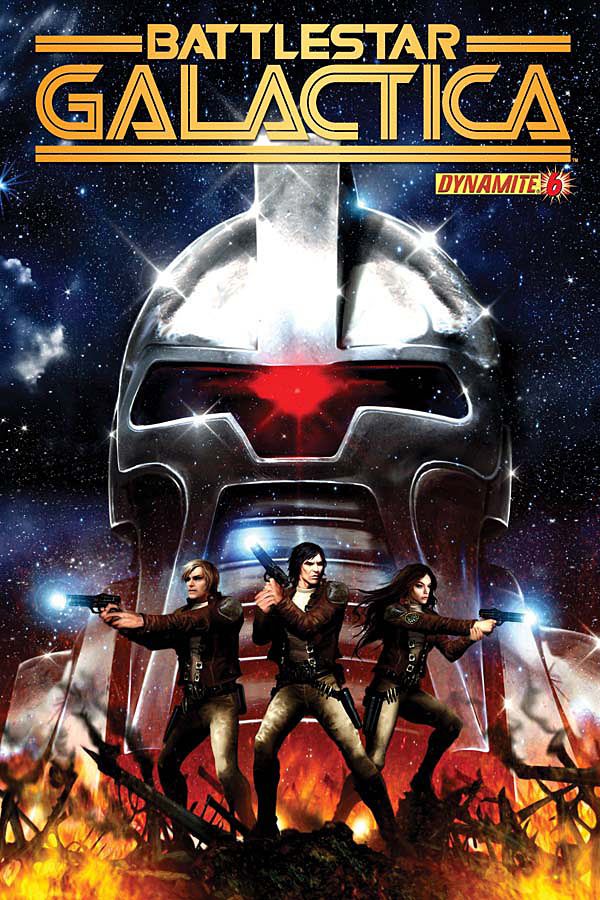
Very interesting! Glad that I’m now aware of this term.
Thanks for dropping by & commenting. Glad you found this of interest.
Thanks, Joseph, I enjoyed that.
Most welcome Ashley. 🙂
I’m working on a few more posts. Had a bit of trouble with the formatting on this one. To correct the problem I switched themes and modified the layout.
Pingback: Reflecting on Bubbles | Dark Pines Photo
Very interesting how it evolves
Yes it is. There was an interesting observation today on the CBC Radio show, ‘Sunday Morning’. One of the commentators noted that the popularity of opera in the 1800’s was equivalent to the big movies of today. He also pointed out that many of the early silent film directors, like D. W Griffith, were fans of opera. One can see that they used the codes & conventions of the opera’s narrative style & structure in creating their huge dramatic movies.
Interesting post, it will be fascinating to watch how things pan out in the next few years. Enjoyed your images.
Yes there are many possible forms that have yet to be fully explored. My post, Such Tweet Sorrow, is about the first social network theatrical production. Romeo and Juliet in real time with audience participation.